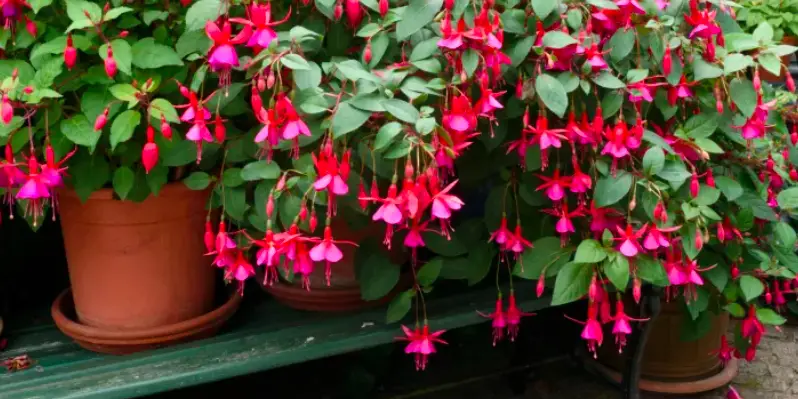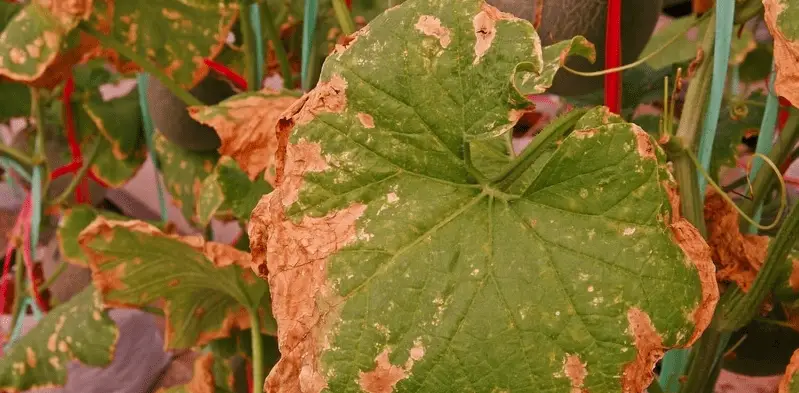Pothos plants are some of the most commonly grown indoor houseplants, but they can be tricky to care for. This is especially true when you’re repotting your pothos plant and it starts to wilt shortly after. In this post, we will go over why a pothos may start dying after repotting and how you can save it!
Your pothos is dying because of transplant shock, which occurs when you’re repotting the plant. Basically, it means that the plant is unable to adjust from its old growing conditions to new ones.
Repotting is usually a safe procedure, but there are certain safeguards that you must follow to ensure that your pothos is not harmed.
Gentle – Be gentle when you are repotting your pothos to avoid damaging the roots.
Adjust the soil – Add soil bit by bit so your pothos isn’t shocked by a large change in the soil level. Plus, be careful with the amount of fertilizer.
Use proper tools – Use a sharp knife or scissors and avoid damaging the roots as much as possible. This will give your pothos the best chance of survival during and after transplanting (and it also prevents rot from occurring).
Frequency – You should only repot your pothos when it is absolutely necessary. Pothos typically do not need to be repotted more than once every two years, but sometimes even that isn’t necessary! I wait until the plant is too big for the pot or if I suspect the roots are rotting.
How Can I Save My Pothos from Transplant Shock?
If you detect any symptoms of transplant shock while repotting, there are a few things you may do to preserve your plant’s life:
Don’t repot your pothos again – Sometimes the best thing to do is nothing! As such, you can wait out the shock and repot it when you think your pothos is ready.
Keep the plant out of drafts – The key is to do everything possible to protect your pothos from any unnecessary stress. This means keeping the plant in a warm and draft-free spot during its recovery period.
Give the plant time – It may take up to two weeks before your pothos starts looking healthy again after transplant shock.
Be careful with light levels & location – Too much direct sunlight can cause more stress. If possible, keep your pothos out of the sun while recovering from transplant shock.
Return the plant to its old spot – If your pothos was moved to a new location, you can move it back as soon as possible.
Prune dead foliage – Once your pothos starts looking healthy again, you may want to prune any dead leaves. This will prevent pests from congregating in the plants and it also makes for a neater look!
What is the Best Way to Repot a Pothos?
When it comes to repotting a pothos plant, I have some of the most important suggestions:
Do it at the correct time – The best time to repot a pothos plant is during the spring or summer. It will have the most energy and be ready to grow into its new pot. Repotting stressed pothos during winter is not recommended as it may cause the plant to die.
Find a good pot – Make sure you have a pot that is large enough for your pothos plant, but not too big. The best option is to use the same container as before or go up one size from there.
Choose the best soil – When you repot a pothos plant, be sure to use a potting mix that is high in organic matter and nutrients. I recommend using something like Miracle-Gro Potting Mix for Tropical Plants.
Be gentle with the roots – Be as delicate as possible when repotting so that you don’t damage the roots. This is essential for preventing transplant shock and saving your beautiful houseplant!
Remember to water – Make sure you water your pothos plant soon after repotting. Do not wait too long to do this, as it will be more likely to suffer from transplant shock if its roots are dry for a prolonged period of time.
Conclusion
In conclusion, there are a few things you should keep in mind when it comes to repotting your Pothos houseplant. If done the right way, the process is safe and beneficial for both you and your plant!
I hope you found this blog post helpful. Be sure to use the search bar to find more posts like this one, as Pothos is one of my favorite house plants (although nothing beats a variegated Monstera).
Tim is an avid gardener from the UK. He was the founder of PlantCarer.com from 2021 to Sep 2023. He sold PlantCarer.com to Aaron. He has since started his own business called Seed To Supper, which provides new gardeners all the materials you need in a box (pots, seeds, compost and instructions) to grow your own delicious and nutritious vegetables and herbs from start to finish – no garden required.









0 Comments